
Opinions
18:49, 08-Sep-2017
Opinion: China Footprint: Modern road and railway construction transform China
CGTN
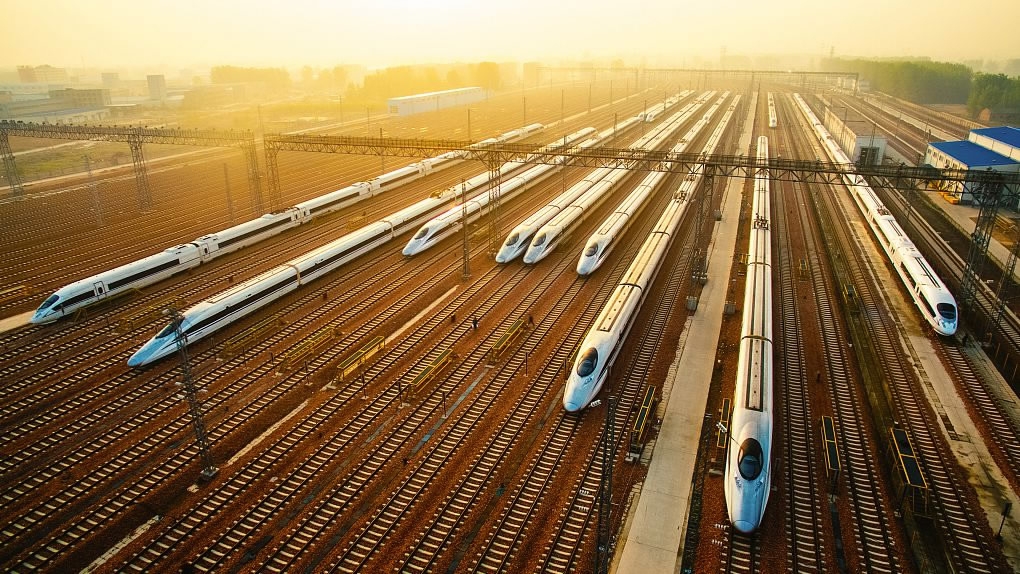
There's a Chinese old saying, "If you want to be rich, build roads first". Roads are not the only sector, but the essential sector to get rich, according to Wang Jixian, an associate professor at the University of Hong Kong.
Now, China’s development of modern expressways and world-class high-speed railways has completely transformed the country. By the end of 2016, China had a total of 4.7 million kilometers of road in use, with expressway mileage of 130,000 kilometers which means it already became the world’s biggest road network.
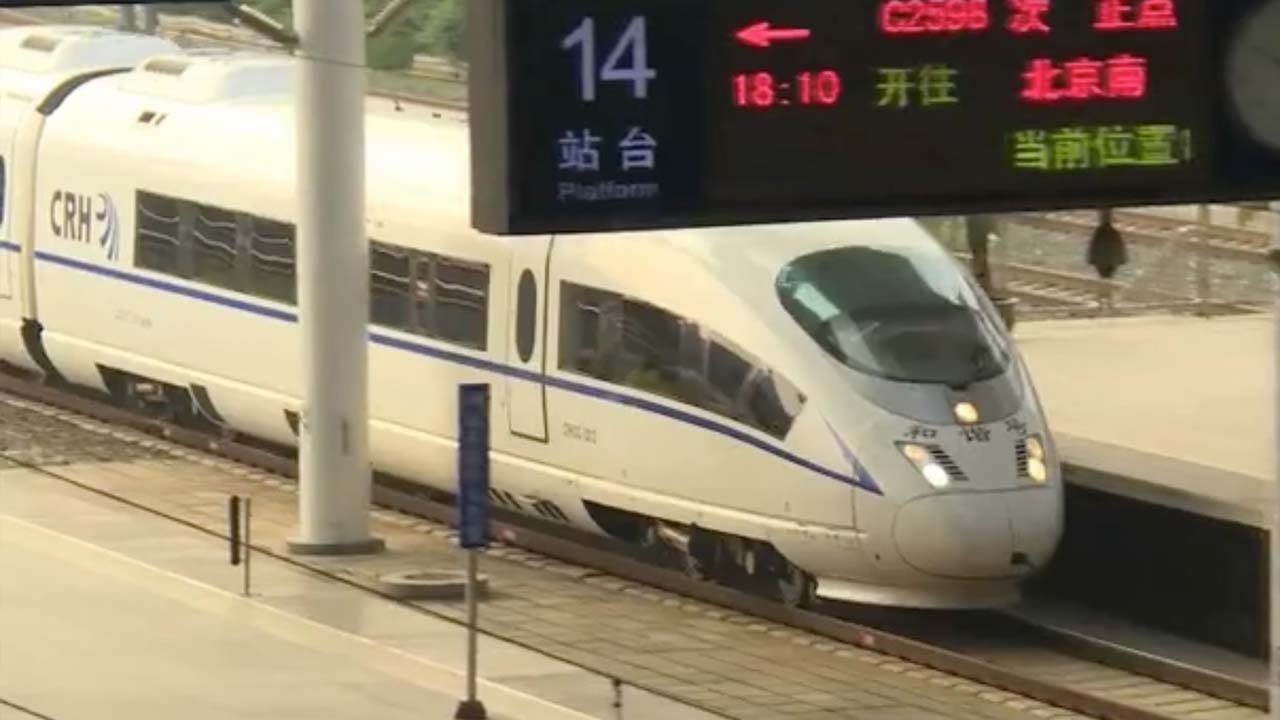
On the other side, there’s a total of 22,000 kilometers of high-speed railways in use, which ranks number one in the world. The development of China’s roads has not only contributed to rapid economic growth, but also changed the way people travel across the country.
The high-speed railway is becoming more and more important to national economic and social development, said Yan Hexiang, the Director-General of Science-Technique & Law department, National Railway Administration. High-speed rail unlocks the potential of China's railway system, said Wang.
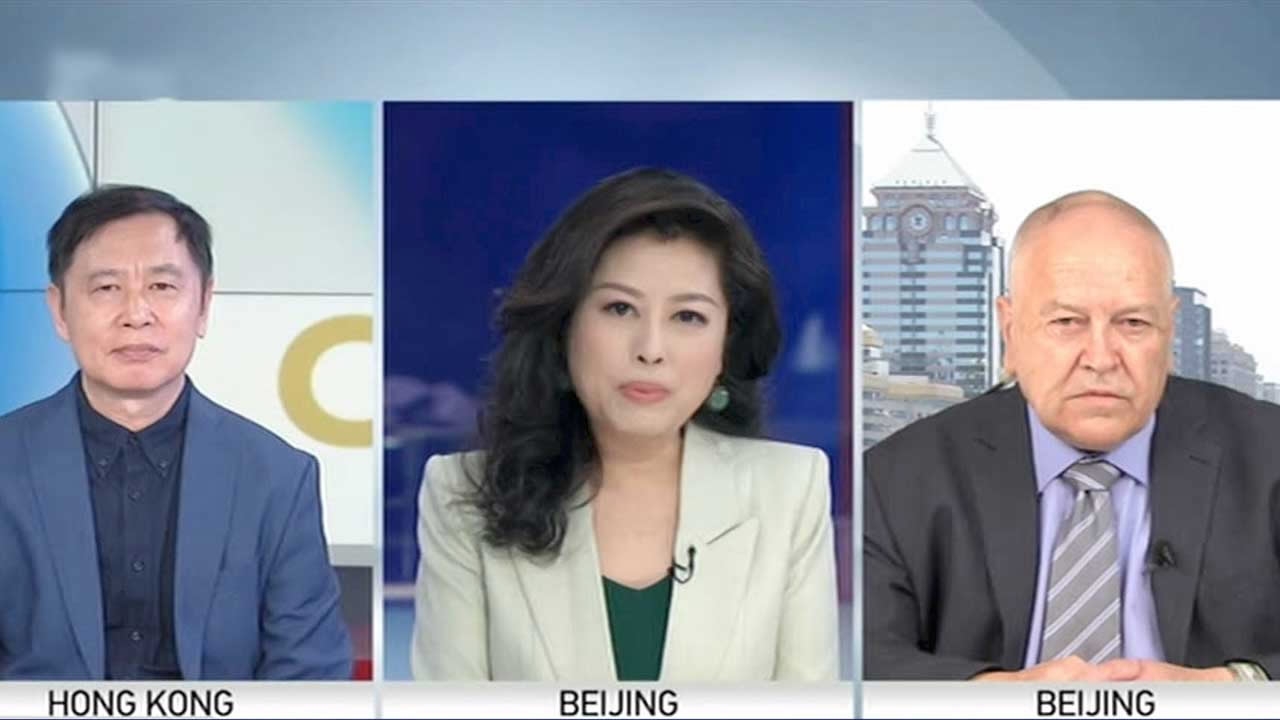
Since it was launched in 2008 - the overall passenger transport volume of China’s railways has increased by 10% annually, reaching 2.8 billion passengers in 2016, Yan said.
Infrastructure requires money. As it's a relatively slow process for China’s high-speed railway to gain profit in the short term. Why does China choose to carry out such a large amount of investment on infrastructure? According to William Spiers, Chairman of Spearhead China, we must look at long-term gains.
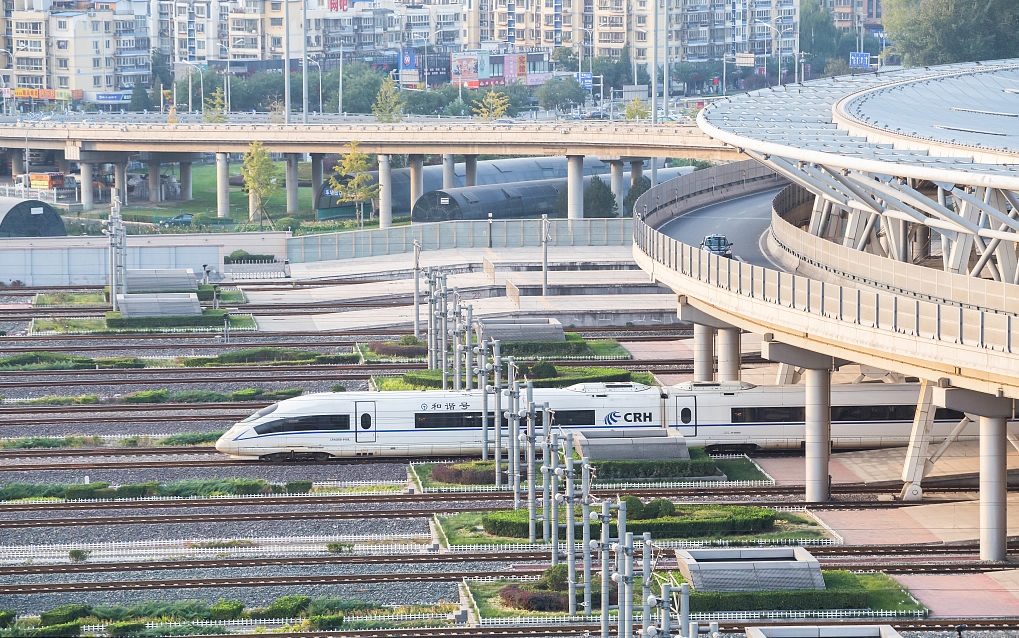
High-Speed railway in Beijing South Station/VCG Photo
High-Speed railway in Beijing South Station/VCG Photo
Since the Belt and Road Initiative was launched in 2013, railway construction has gained really active support from it and now already becomes an important part in it: a number of railway with Chinese technical standards has achieved great results: the Ethiopia-Djibouti railway project was completed and operated last October, the Mombasa Nairobi Railway project has delivered and ran since this May.
The projects like Jakarta-Bandung Railway in Indonesia, the eastern coastal railway in Malaysia, and the Kunming-Vientiane railway are undergoing with accelerating.
Yan also said that since the China Railway High-Speed (CRH) has been in use, its cumulative operation is breakthrough 4000 columns with covering 11 countries and 29 cities in Europe, which makes CRH become an international brand with high reputation.
The CRH has created new opportunities for international trade, two-way investment activities, and people-to-people exchanges among the countries alongside the railway.
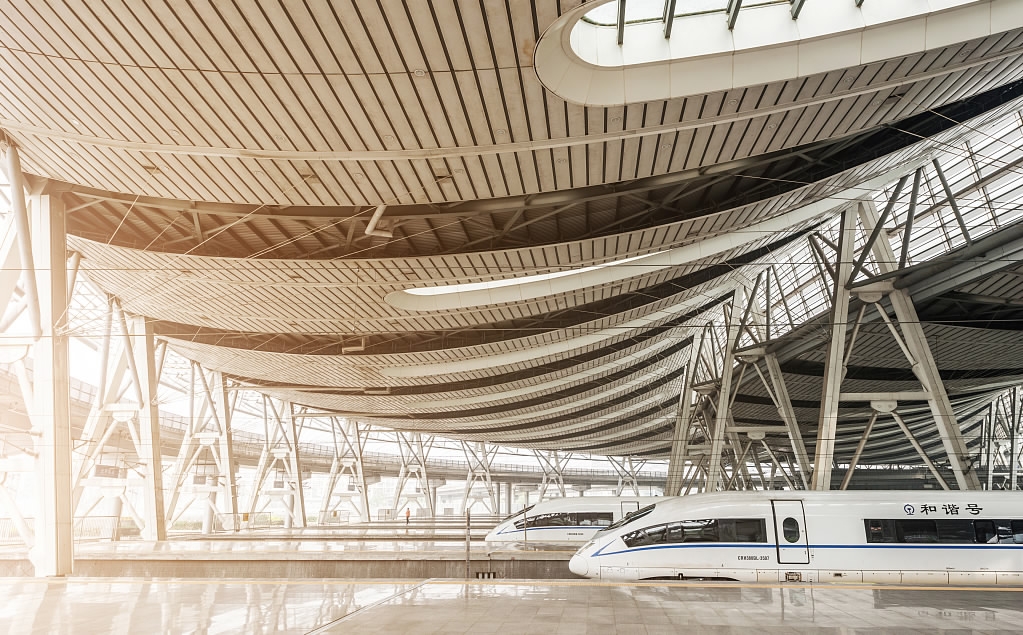
Beijing South Station interior/VCG Photo
Beijing South Station interior/VCG Photo
CRH is a part of the China’s roads network. According to Wu Dejin, the Director-General of China Highway Bureau said, by the end of 2016, China already had a total of 4.7 million kilometers of road in use, which was the world’s biggest road network.
Wu said the expressway construction has also promoted the development of the regional economy. It has improved the investment environment in the relative areas, and brought the huge opportunities and vitality for the land development and adjustment of industries alongside these areas, also, it has promoted the formation of economic industry belt alongside the areas and the regional prosperity in China.
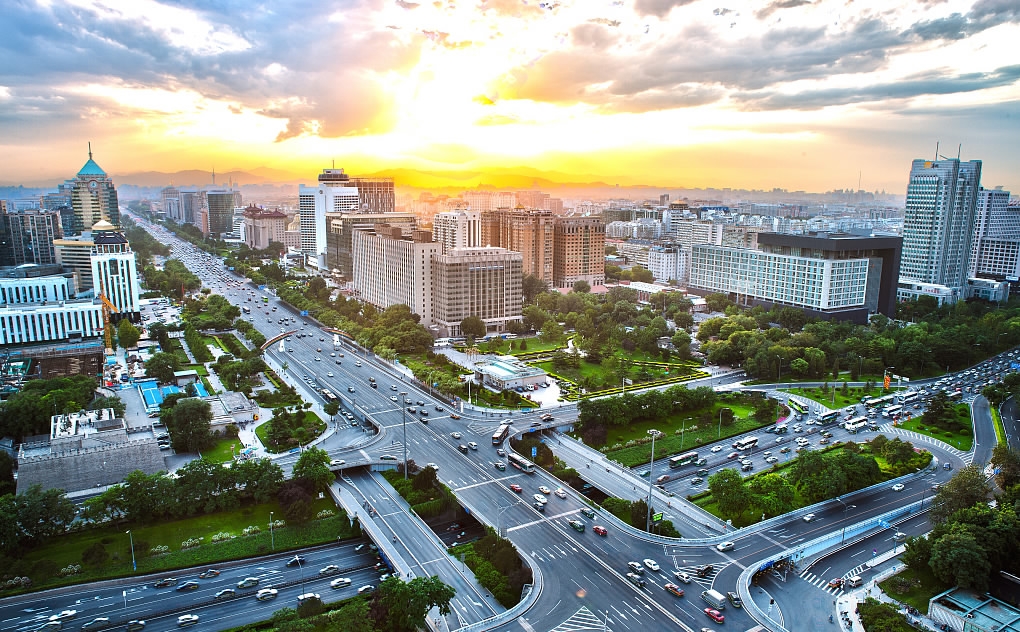
City roads in China/VCG Photo
City roads in China/VCG Photo
According to Wu, the roads construction has expanded the domestic demand and led to the development of the related industries such as building materials, petrochemical, machinery, automobile, transportation, tourism and real estate business.
In recent years, the number of people in road construction has been maintained at around 2.8 million per year, at the construction peak, it can reach to about 4 million people, which boosted the employment and eased its pressure. Meanwhile, the construction of the rural roads has improved the transportation conditions and the development of agriculture in the poor areas, which quickens the pace of getting rid of poverty nationwide, Wu added.
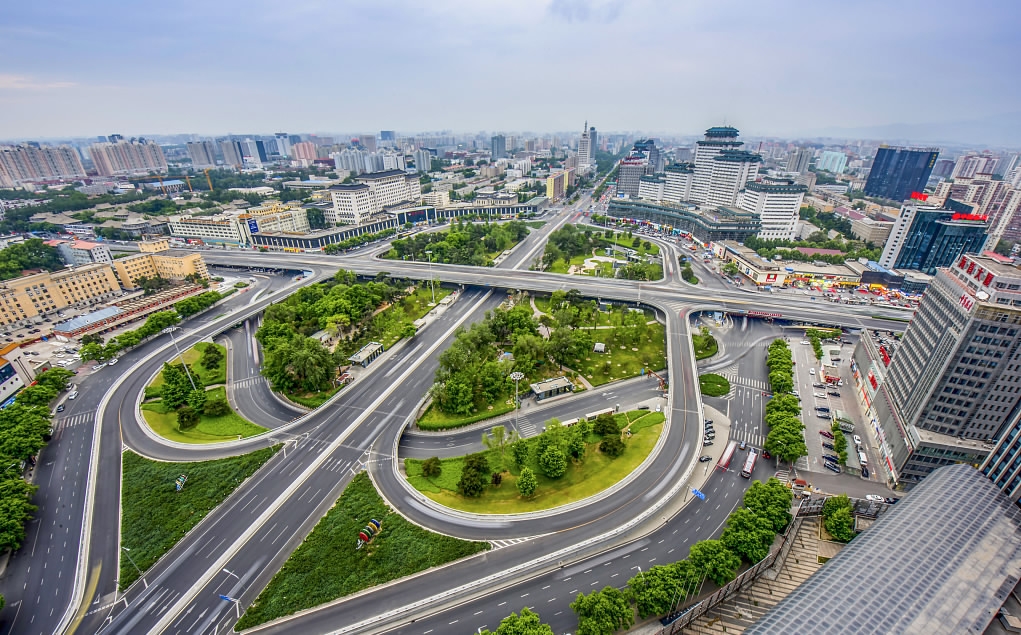
China’s expressways/VCG Photo
China’s expressways/VCG Photo
Wu expressed that nowadays most of China’s expressways are built with partly government funding, bank loans and other sources of financing, and most are toll roads. The expressways toll policy has broadened financing options for expressway construction, which formed a diversified investment and financing model that includes national investment, local fundraising, social financing and foreign capital.
For the next step, the government will gradually improve the expressways toll policy system and ensure that in every phase to meet the goals of a green, smart and safe road traffic system.
(Written by CGTN’s Lindy Mtongana and Li Kun)

SITEMAP
Copyright © 2018 CGTN. Beijing ICP prepared NO.16065310-3
Copyright © 2018 CGTN. Beijing ICP prepared NO.16065310-3